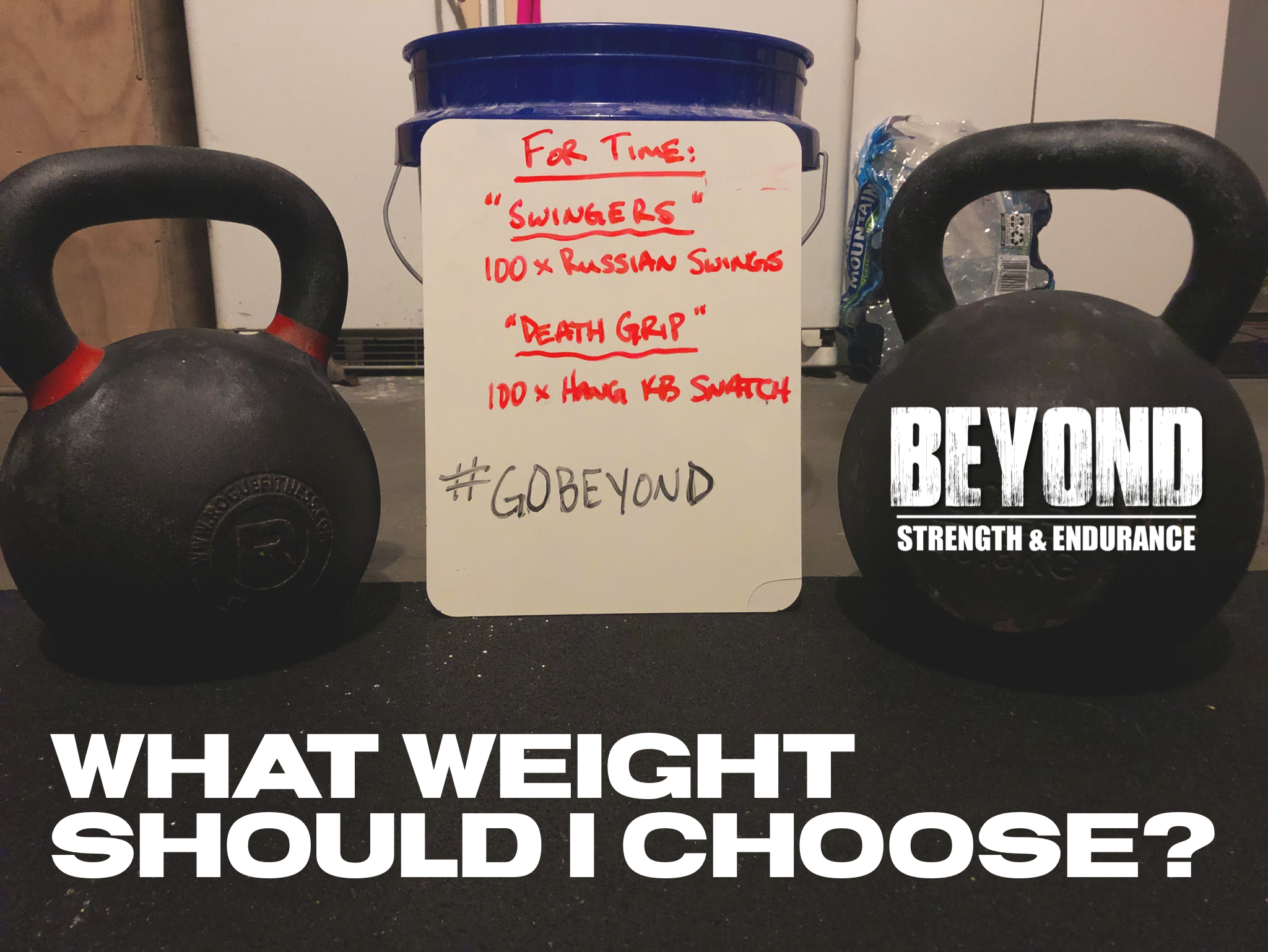Why do you train? This is a question that gets asked a lot, but finding your why can prove more difficult than it would seem. How about keeping it simple? Train to be prepared for the toughest sport there is: LIFE.
In this ten-part series, I will discuss several ways that training transfers to the real world, and you might not realize how impactful many of these can be to you, and those around you.
Life can get heavy at times. It can feel like more than you can handle, but remember this: Because you are alive and reading this right now, you have a 100% success rate of making it through those tough times. At first, the weight of one of those tough times seemed like more than you could bear. Then, you shouldered it and began to work through it, even though at times it felt like it was continually weighing you down. Finally, you stood back up with that weight and were able to overcome it. This not only allows you to handle that weight and more, but to also help others learn to lift it as well. The more you train for what life can throw at you, the better you will be equipped to deal with it. Let’s look at how we move through a similar process in strength training that can be applied to situations outside the gym.
When we first begin a strength training plan, it’s a lot of trial and error. We usually have no idea what weight we can lift at any given movement. Only one way to find out, right? Get under the bar and see what you can do. At first, everything feels pretty light, but as we continue to get under more weight we will reach a point where it feels HEAVY. Like, this weight is literally going to crush me. Lifting heavy things and reaching a true max weight is a learned thing.
I remember the first time I got under the bar that was loaded for a very heavy back squat. My mind said, ‘What the hell is happening?’ I shook my head and re-racked it. Just like life, things can be overwhelming when we feel the weight of it. In that moment, the only thing we might be able to do is shoulder it, breath and make it through the day until we can “re-rack” it.
Now the real work begins. We know what it feels like, but the only way to overcome it is to keep showing up and putting in the work. Even though we might be scared, we get under the bar again. I got back under that weight, but made sure I had a spotter this time. This is where we are asking someone for help, to be there in case we can’t handle it alone. When we start to get weighed down again, this person is there to help us back up. Keep showing up, keep putting in the work. Now, we feel comfortable trying this without a spotter. At first, it may still be too heavy and we have to bail. We have to know when we just aren’t quite there yet. Back to work, keep showing up.
Finally, it’s max out day. Today is the day you are going to lift this weight. You have consistently put in the work and have built the confidence you need. You pick the weight up and even though it feels heavy and starts to weigh you down…YOU STAND BACK UP. Ring that PR bell, baby! Take in the moment. Look back on everything you went through and all of the hard work you put in. It might have seemed impossible, but here you are. You did it!
The takeaway is this: Our body reacts to stress the same, no matter if it is mental or physical. The same physiological and psychological process takes place. I have seen the transfer from the gym to life more times than I can count over the years. Not only in others, but in myself. Lifting weights literally and figuratively helps us acquire the strength to overcome the same - or bigger - weights in the future. Once you have done this enough, it’s time to pay it forward and help others do the same. Be a spotter when others need it. Be there when they overcome it. If we could all help just one person, the exponential effect could change the world.
Stay strong my friends.



